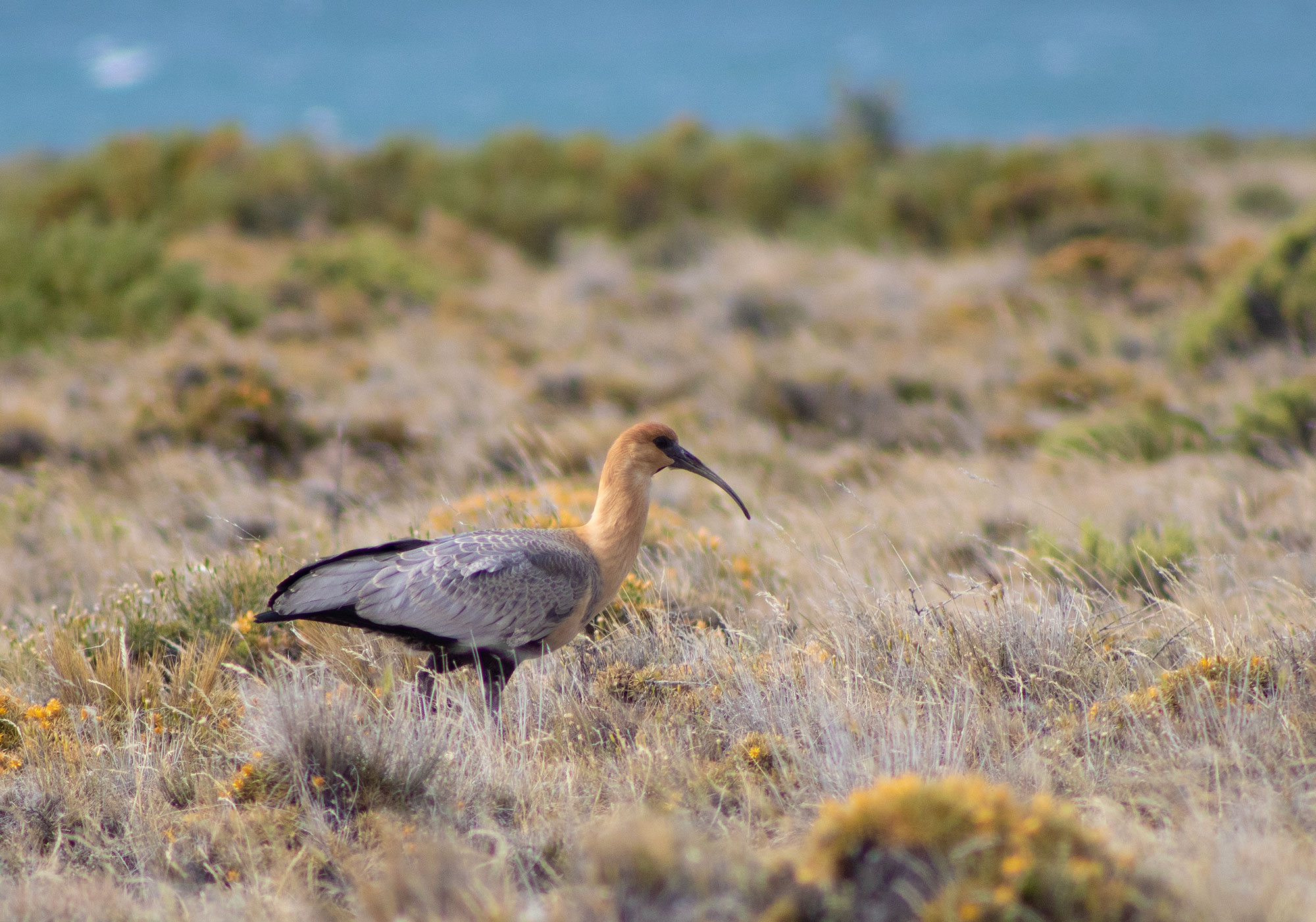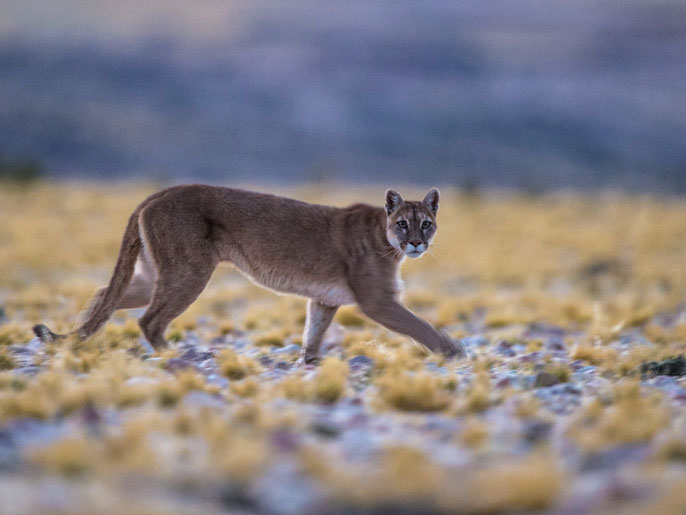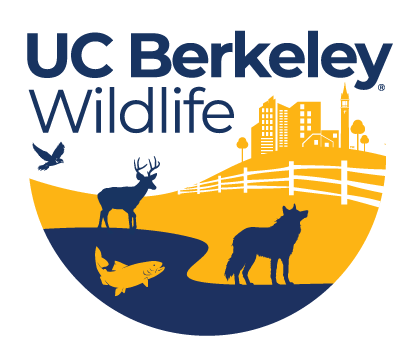[image caption]
What We Do
The research groups that comprise Berkeley Wildlife place emphasis on the study, conservation, and management of vertebrate species with ecological, cultural, and economic importance. We also see many of the wildlife species we study as sentinels, giving us insight into our changing environment and how we can sustain it. As society responds to widespread declines of wildlife populations and habitats, the demand for new science, strategic thinking, and training in biodiversity conservation has never been greater.

[image caption]
Berkeley Wildlife is stepping up to meet this demand as a problem-driven, interdisciplinary program that conducts cutting-edge research and trains future leaders to tackle complex problems in wildlife ecology, management and policy. Our efforts are enhanced because Berkeley Wildlife is nested within one of the top-ranked environmental science, policy, and management departments in the world, on the campus of one of the great public universities, affording access to the latest perspectives and tools from many fields.
Much of our work converges on wide-ranging and migratory wildlife and fishes in the Western United States, as these species play very important roles in supporting ecosystems and people in our home region. This work emphasizes the movements and habitat or resource needs of key species groups such as carnivores, ungulates, and migratory fishes. Our faculty also contribute to a range of efforts to map and evaluate conservation strategies for biodiversity hotspots, particularly in California.

[image caption]
Our work on western wildlife is often motivated by land and water conservation, and through active outreach and communication with conservation partners we ensure this work informs conservation efforts. For example, our research is guiding wildlife corridor conservation in the Greater Yellowstone Ecosystem, freshwater conservation planning and barrier removal efforts in California, and integration of freshwater ecosystems into 30x30 initiatives. Much of our work, on both terrestrial and aquatic species, emphasizes the importance of maintaining habitat connectivity across vast landscapes, including working landscapes.
At the same time, many of our faculty work internationally, affording rich and robust exchange with ecosystems, people, and partners in Africa, Asia, Europe, and Latin America.

